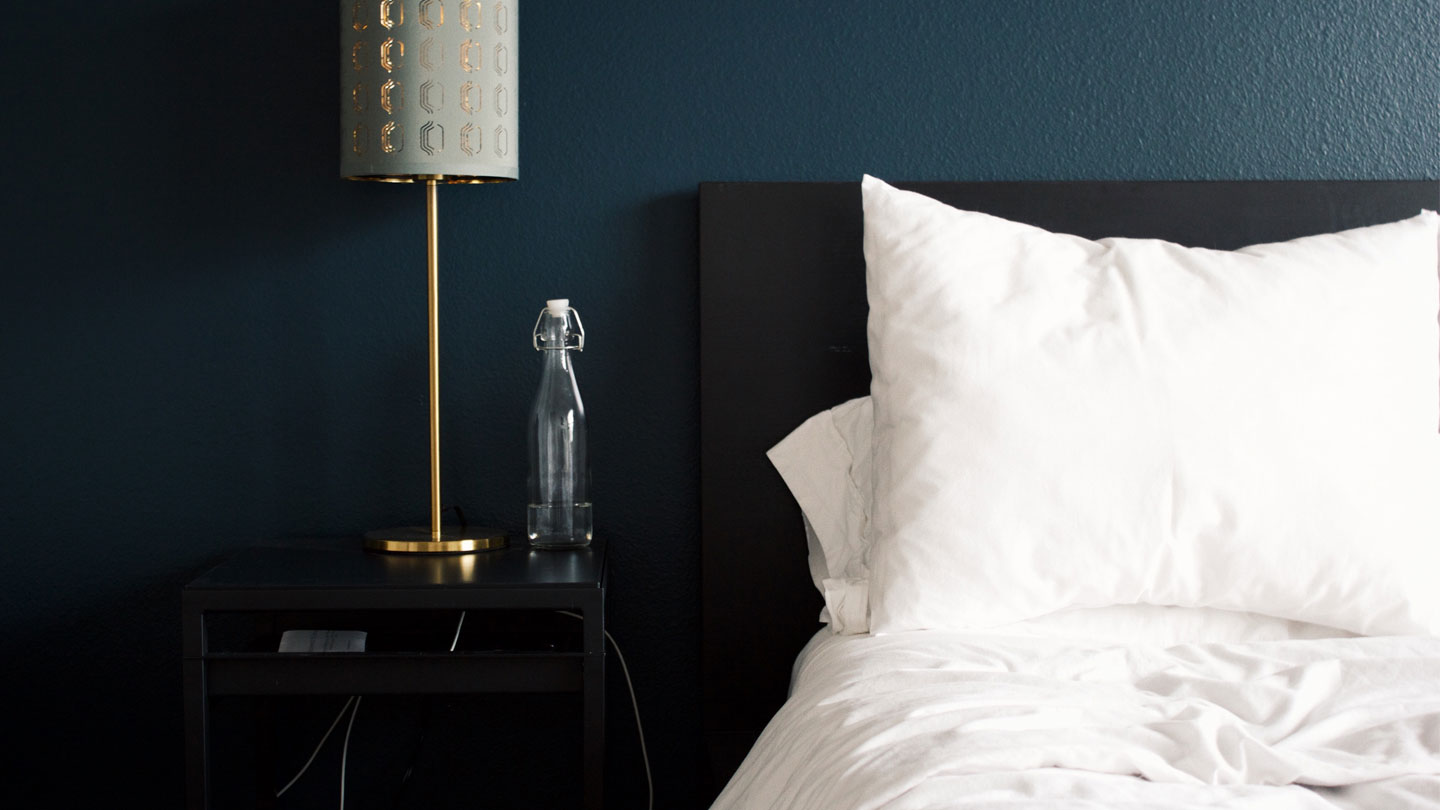I never used to be bothered about tanning, I was a stereotypical white child; more then 20 minutes in the summer sun and I’d start to turn an unflattering shade of beetroot. It’s only over the last few years I’ve begun to like how I look with a bit of colour, it makes me look healthy. But tanning comes with its dangers, so it’s important to take it seriously, as I’m constantly seeing friends putting their skin at risk without proper protection. While limited sun exposure is always the way forward, I know you (and me) won’t heed that advice, so here are some of my tips on how to get a tan as safely as possible.
Oddly, it was on a trip around Greece, where the Mediterranean sun seemed to agree with me, that I tanned over burning for the first time ever. But it was only a few years back when I spent a couple months in Australia during their summer (our winter) that I became a tan fan. Two months of unbroken sun sore my body not only tan darker than ever before, but more of body tanned, too. Usually us Brits are famed for our ‘farmer tans’ (tanned arms which stop at the T-shirt line), but now I has tanned legs and torso. Seeing myself with this all over colour made me look healthy and it made me happy. Since then, when I’m on holiday, or the sun is out at home, I’m eager to give myself a good dose of Vitamin D.
What happens when you tan?
The FDA describes the process of tanning as follows:
Once skin is exposed to UV radiation, it increases the production of melanin in an attempt to protect the skin from further damage. Melanin is the same pigment that colors your hair, eyes, and skin. The increase in melanin may cause your skin tone to darken over the next 48 hours.
The key pullout here is 48 hours. It can take two days for a tan to start developing, so staying in the sun for hours on end on day one on holiday waiting to see your skin go darker is just not a good idea. You’re punishing your skin.
Your ability to tan is also based on your skin type, find a rough guide here. Types are based on your ethnicity, ranging from a 1 (pale white), to a 7 (south asian and black).
Is tanning safe? Busting the myths
The short answer is no. There is no way of separating the harmful affects of UV rays on our skin, no matter how long you’re in the sun, or how you get in; a tanning bed or the real thing. I’ll take this moment to say never, ever use sun beds. It’s just not worth it. The whole tanning bed ‘base tan’ before holiday is also utter bullshit. While tanned skin will be better at dealing with the sun when on holiday, you’ve already done the damage to get to that point, so it’s a dumbass concept. You’ve also achieved it in a concentrated way.
It’s also really important to realise than having a tan also doesn’t protect your from further damage. The increased melanin only gives you an SPF protection of 2-4, far below the recommended minimum of SPF 15, so you still need to wear sunscreen.
So how do I tan safely? Top tips to getting a tan
As I’ve made clear, there is no true way to tan safely, but there are ways to minimise damage. I’ve answered some commonly asked sun care questions at the below, too.
Wear sunscreen
You’d think this one was a no brainer wouldn’t you? One of the biggest tanning myths is that you won’t get one if you wear an SPF. This is simply false and you should slap some sense into anyone you hear say it. One of the other craziest thought process I’ve seen is people who think ‘I’ll just go in the sun for a few minutes first to get going, then apply’. I face palm so hard when I hear this. NO PEOPLE, NO. There is simply no logical justification to this thinking. You will damage your skin and it will be too late once you apply. You must apply sunscreen 20-30minutes before you go into the sun.
I apply sunscreen as soon as I get up when I’m on holiday, and in the summer at home. If you’re already exposed, the sunscreen doesn’t have time to absorb and you’ll burn and start sweating it off. Trust me, starting doing it before and it will make such a different. Follow the instructions of your chosen brand and reapply as told. Also remember, SPFs have a use by date, if yours is past it, it won’t offer the stated protection.
Wear the right sunscreen and know when to seek shade
Most people have no idea what SPF (sun protection factor) is or how it works. So let me clear it up for you…
While it’s true your SPF rating does mean you can be in the sun that many times longer than normal before burning, it’s not as clear cut. There are too many variables. SPF works by reaction with UVB rays to stop them from entering the skin. Once used up, you have to reapply (you won’t know when this happens, that’s why reapplying is recommended every two hours). This will also happen faster if in a hotter environment etc. So for example, if you usually burn in 15 minutes, a SPF 15 will allow you 15 times longer before burning, so 3 and 3 quarter hours.
The thing people get wrong here is that they think the time is reset every time they apply. It isn’t.
Even if you reapplied every 30 minutes, an SPF 15 will still only give you’re skin 3 and 3 quarter hours in the sun before you must find shade. After this time, reapply as much as you want, you will still burn. If you wont be in the sun long, the choice of SPF isn’t as important, and SPF 15 may be preferable as they are usually lighter and easier to wear.
After sun care: stay hydrated
One thing many people do forget is after sun care. This is one of the best ways to increase the life of your tan. I don’t mean hydrated as in water (but that’s also super important and should be a priority), I mean moisturising. Regularly moisturising wherever you’ve been exposed by the sun will help your skin cool and stop form drying out, which can increase the chances of burning and peeling. In general, well-moisturised skin will tan better.
Fake it before you make it
Our fear of returning from vacation without a tan is usually the main reason we end up over-exposing ourselves to the sun. One of the best tips to fight this is to fake it first. Get a spray tan, or use a gradual tanner to create your ‘base tan’ before you go. It will subconsciously relax your mind, you’ll look tanned in pictures from day one and will ease off the pressure to tan, meaning you will expose your self in more ‘healthier’ doses.
Sunscreen recommendations
You should have enough info to make an informed decision, but here are some recommendations.
Without fail, I personally always use Garnier Ambre Solaire Clear Protect SPF 30. I love its transparent liquid, it absorbs super fast (I still give it 30 minutes FYI!) and it’s hydrating. It also leave no chalky marks.
Sometime I use a separate face SPF, and it’s usually one of the following:
Lab Series Day Rescue Defence Lotion SPF 35
La Roche-Posay Anthelios Anti-Shine Sun Cream Fluid SPF30
Radical Skincare Sun Perfecting Screen SPF 30
Otherwise I’d recommend the Boots Soltan range. It’s cost-effective and covers all the bases.
Common sun care questions answered
Are once-a-day sunscreens any good?
My personal recommendation is to stay away from these. There are too many variables, especially when on holiday, that could cause it to rub off or wear away; towelling off, water exposure, sweating etc. So they only have a chance of working day to day. I might use one on a regular day at home.
Does a higher SPF offer more protection?
As mentioned above, SPF rating can show how long you can be in the sun, but the rating also shows the amount of protection. You’ll be surprised to see the difference is actually pretty minimal.
- 15 blocks 93% of UVB radiation
- 30 blocks almost 97% of UVB radiation
- 50 blocks around 98% of UVB rays
The danger of SPF 50 branding is that people think it’s so much better that they don’t reapply as much, but you need to reapply as much as you would an SPF 15.
What’s the difference between UVA and UVB?
When buying sunscreen it’s also important to look for things like ‘broad spectrum’ and UVA protection. SPF is based only on UVB, but UVA is what causes skin ageing. So seek brands that offer UVA protection as well - not all brand showcase this the same way, but you can find this by looking for brands with a star rating. Look for five stars. Some will also have UVA in a circle.
Are expensive sunscreens better?
By law, sunscreens must do what they say, so buying cheaper doesn’t mean you aren’t getting less. Usually, when buying a more expensive sunscreen you are paying for smell, consistency and ease of application, all which can be worth it to some people.


 Welcome!
Welcome!